- Home
- Machining techniques
- CNC Machining Services
- Cooperative supply services
- Designs
- Materials
- Finishing Services
- Shop
- Products
- Guide
- About Us
- Contact Us
2023.1.31
Metallic biomaterials or metallic medical materials are among the earliest medical substances utilized by humans. With the successful development of cobalt-chromium alloy, stainless steel, titanium, and alloy, and their widespread application in dentistry and orthopedics, the importance of metallic medical materials has been steadily established in biomedical materials. Here let’s go through common types of metallic biomaterials and metals used in medical.
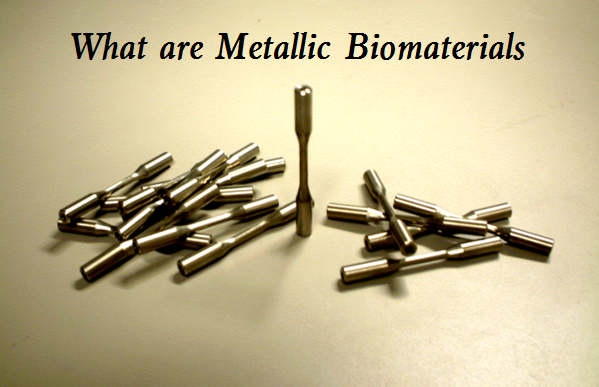
Medical metals are primarily utilized for the diagnosis, treatment, and replacement of body tissues, as well as the augmentation of their activities. Although the development of metal medical materials has been relatively slow compared to other biomedical materials such as polymer materials, composite materials, and hybrid and derivative materials over the past two decades, it has high strength, good toughness, bending fatigue resistance, excellent processing performance, and numerous other irreplaceable excellent properties of medical materials, and is the most widely used load-bearing implant material in clinical applications. With the advent of metal 3D printing technology, metal medical materials have become increasingly popular. Internal fracture fixation plates, screws, artificial joints, and root implants are the most vital uses.
The medical metal materials used in clinics mainly include stainless steel, cobalt alloy, titanium alloy, shape memory alloy, precious metal, and pure metal tantalum, niobium, zirconium, etc.
1. Stainless steel
Medical stainless steel, stainless steel as biomedical material is an iron-based corrosion-resistant alloy, which is one of the earliest biomedical alloys developed. It is characterized by easy processing and low price. Its corrosion resistance and yield strength can be improved by cold processing to avoid fatigue fracture. According to the microstructure, stainless steel can be divided into austenitic stainless steel, ferritic stainless steel, martensitic stainless steel, precipitation-hardening stainless steel, etc. It is used to make medical instruments: knives, scissors, hemostatic forceps, and needles, and also used to make artificial joints, fracture internal fixators, dental orthopedics, artificial heart valves, and other devices. Among them, austenitic ultra-low carbon stainless steel 316L and 317L are the most widely used in medical applications. In 1987, 316L and 317L alloys were included in international standards ISO 5832 and ISO 7153. The biocompatibility and related problems of medical stainless steel mainly involve the tissue reaction caused by the dissolution of metal ions due to corrosion or wear after the stainless steel is implanted into the human body. A large number of clinical data show that the corrosion of medical stainless steel results in poor stability of long-term implantation, and its density and modulus of elasticity are far from human hard tissue, resulting in poor mechanical compatibility. Because corrosion can cause metal ions or other compounds to contaminate the surrounding tissues or the whole body, it can cause some adverse histological reactions in the body, such as edema, infection, tissue necrosis, etc., resulting in pain and allergic reactions. In particular, the nickel ion in stainless steel can cause serious pathological changes (generally used austenitic medical stainless steel contains about 10% nickel). In recent years, low-nickel and nickel-free medical stainless steel is gradually developed and applied.
2. Cobalt alloy
The medical cobalt-based alloy as biomedical material is also a common metal medical material in medical treatment. Compared with stainless steel, the medical cobalt-based alloy is more suitable for manufacturing long-term implants with harsh internal loading conditions, and its corrosion resistance is 40 times higher than stainless steel. The first medical cobalt alloy developed is Co-Cr-Mo alloy, which is extremely austenitic. In the 1970s, forged Co-Ni-Cr-Mo-W-Fe alloy with good fatigue properties and MP35N Co-Ni-Cr-Al alloy with a multiphase structure were developed. Cobalt alloy is mainly used to make artificial hip joints, knee joints, bone nails, and bone needles. At present, the most widely used is cast cobalt chromium aluminum alloy, which has been accepted into the ISO5582/4 standard. Cobalt alloys are mostly kept in a passive state in the human body, and the corrosion phenomenon is rare. Compared with stainless steel, its passive film is more stable and has better corrosion resistance. In terms of wear resistance, it is also the best of all medical metal materials. It is generally believed that there is no obvious histological reaction after implantation into the human body. However, due to the high price of cobalt alloy, and the dissolution of Co and Ni plasma from the artificial hip joint made of cobalt alloy due to metal wear and corrosion, the loosening rate in the body is high, and the released Co and Ni elements have serious sensitization and other biological problems, which are easy to cause cell and tissue necrosis in the body, resulting in patient pain and joint loosening and sinking, and the application is limited to a certain extent. In recent years, surface modification technology has been used to improve the surface properties of cobalt alloys and effectively improve their clinical effects.
3. Titanium alloy
Medical titanium alloy (Ti-based alloy as biomedical material) is one of the most biocompatible metals known at present. Since the 1940s, titanium and titanium alloys have gradually been applied in clinical medicine. In 1951, humans began to use pure titanium to make bone plates and screws. In the mid-1970s, titanium and titanium alloys began to gain extensive medical applications and become one of the most promising medical materials. At present, titanium and titanium alloys are mainly used in plastic surgery, especially in limb bone and skull reduction, and are used to make various fracture internal fixation instruments, artificial joints, skull and dura, artificial heart valves, teeth, gums, brackets, and crowns. Among them, TC4 (Ti-6A1-4V) is the most widely used titanium alloy for medical purposes. This alloy has а ten β The strength and other mechanical properties of the two-phase mixed structure can be significantly improved by solution treatment and aging treatment. The density of titanium and titanium alloy is about 4.5g/cm3, almost half of that of stainless steel and cobalt alloy. The density is close to that of human hard tissue, and its biocompatibility, corrosion resistance, and fatigue resistance are better than those of stainless steel and cobalt alloy. It is the best metal medical material at present. The non-human affinity of titanium and titanium alloys stems from the ability of the dense titanium oxide (TiO2) passivation film on its surface to induce the deposition of calcium and phosphorus ions in body fluid to generate apatite after implantation, which shows certain biological activity and bone binding ability, especially suitable for bone implantation. The disadvantages of titanium and titanium alloys are low hardness and poor wear resistance. If wear occurs, the oxide film will be destroyed first, and then the wear particle corrosion products will contaminate human tissues, especially the Ti-6A1-4V alloy containing toxic vanadium (V), which can lead to the failure of implants. In order to improve the wear resistance of titanium and titanium alloys, the surface of titanium and titanium alloy products can be treated with high-temperature ion ammoniation or ion implantation technology to strengthen their surface wear resistance. In recent years, some new titanium alloys (mainly β Type B alloy), which has focused on reducing elements that are harmful to the human body, such as V and Al, effectively improving the biocompatibility of titanium alloy.
4. Shape memory alloy
The research of medical shape memory alloy (SMA) began in the 1970s and has been widely used. The most widely used shape memory alloys in clinics are Ni-Ti shape memory alloys. The shape memory recovery temperature of medical nickel-titanium shape memory alloy is 36 ± 2 ℃, which is in line with the human body temperature. It shows the same biocompatibility as titanium alloy in clinical practice. However, due to the large amount of nickel in Ni-Ti memory alloy, if the surface treatment is not proper, the nickel ion in it may diffuse to the surrounding tissues, causing cell and tissue necrosis. Medical shape memory alloys are mainly used in plastic surgery and stomatology. The best example of Ni-Ti memory alloy is a self-expanding stent, especially a cardiovascular stent.
5. Precious metal and pure metal tantalum, niobium, and zirconium
Medical precious metals refer to gold, silver, platinum, and their alloys used as biomedical materials. Precious metals have good biocompatibility, strong oxidation and corrosion resistance, unique physical and chemical stability, excellent processing characteristics, and non-toxic side effects on human tissues. It is used for dental repair, skull repair, implantation of electronic devices, nerve repair devices, ear vortex nerve stimulation devices, diaphragm nerve stimulation devices, visual nerve devices, etc.
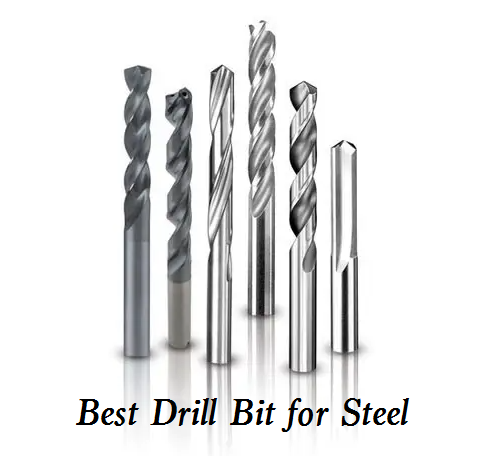 Hardest and Strongest Drill Bits – Best Drill Bit Material for Steel
Hardest and Strongest Drill Bits – Best Drill Bit Material for Steel
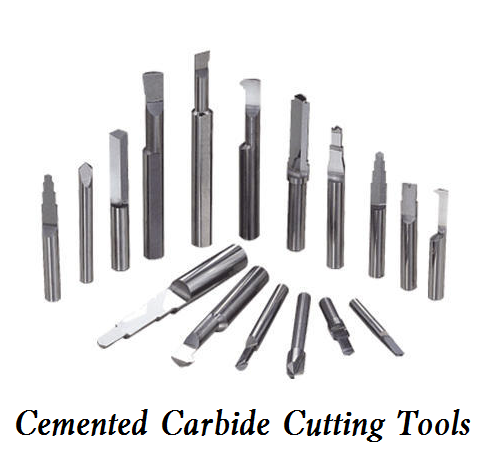 What is Cemented Carbide – Cemented Carbide Properties, Types & Applications
What is Cemented Carbide – Cemented Carbide Properties, Types & Applications
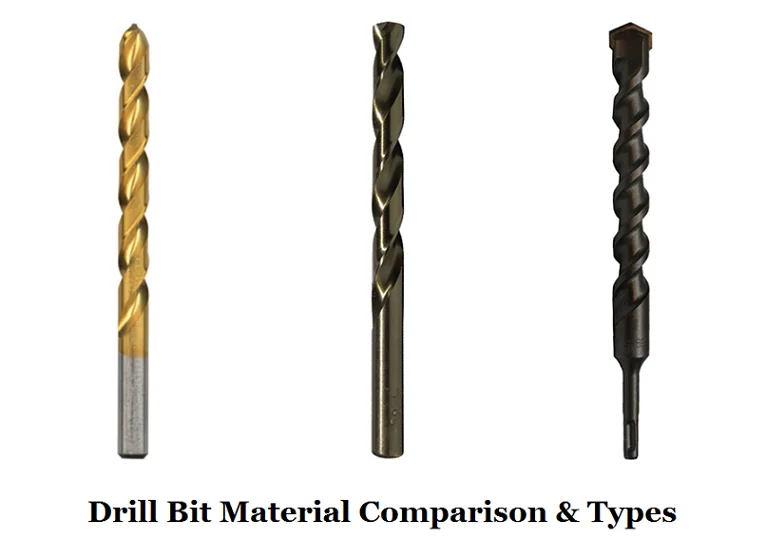 Drill Bit Material Comparison & Types – What is the Best Drill Bit Material | CNCLATHING
Drill Bit Material Comparison & Types – What is the Best Drill Bit Material | CNCLATHING
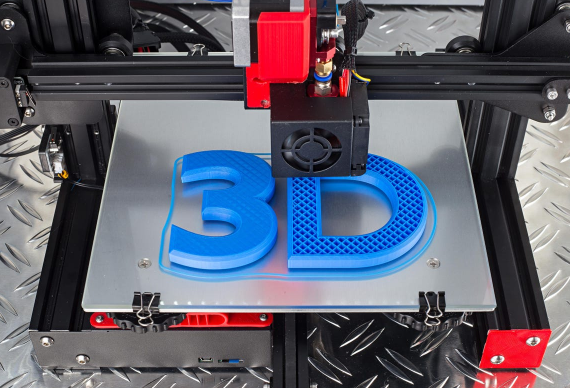 What Are The Hidden Values of 3D Printing Industry To Be Developed?
What Are The Hidden Values of 3D Printing Industry To Be Developed?
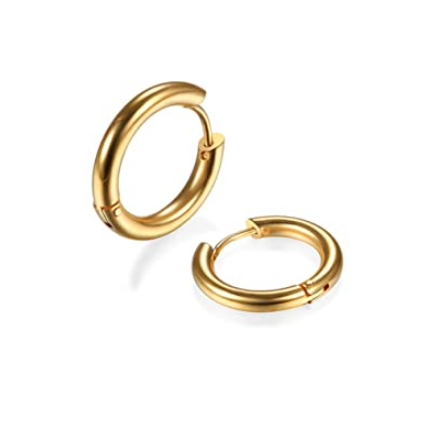 What is 316L Surgical-Grade Stainless Steel – Applications of 316L Stainless Steel
What is 316L Surgical-Grade Stainless Steel – Applications of 316L Stainless Steel
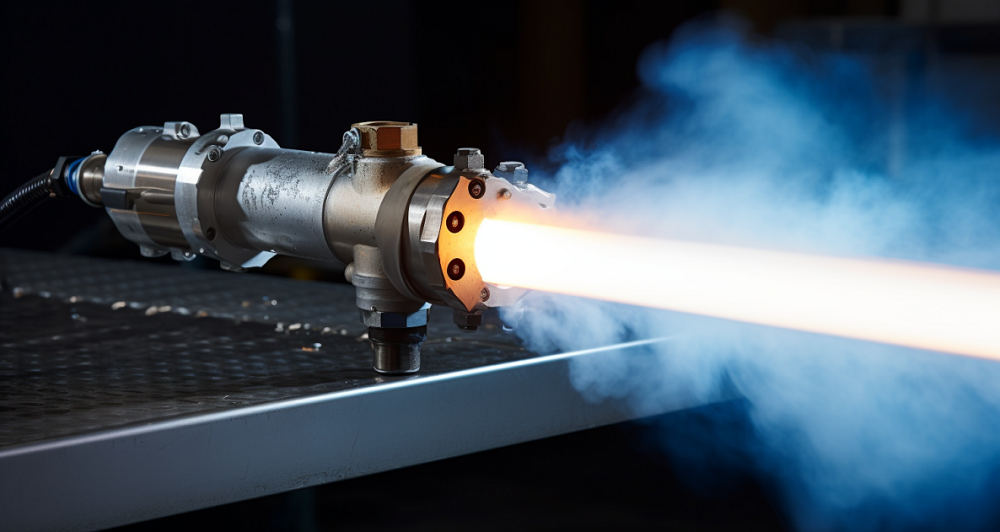 What is HVOF Coating – HVOF Thermal Spray Process, Materials, Benefits, Machine, Applications
What is HVOF Coating – HVOF Thermal Spray Process, Materials, Benefits, Machine, Applications
